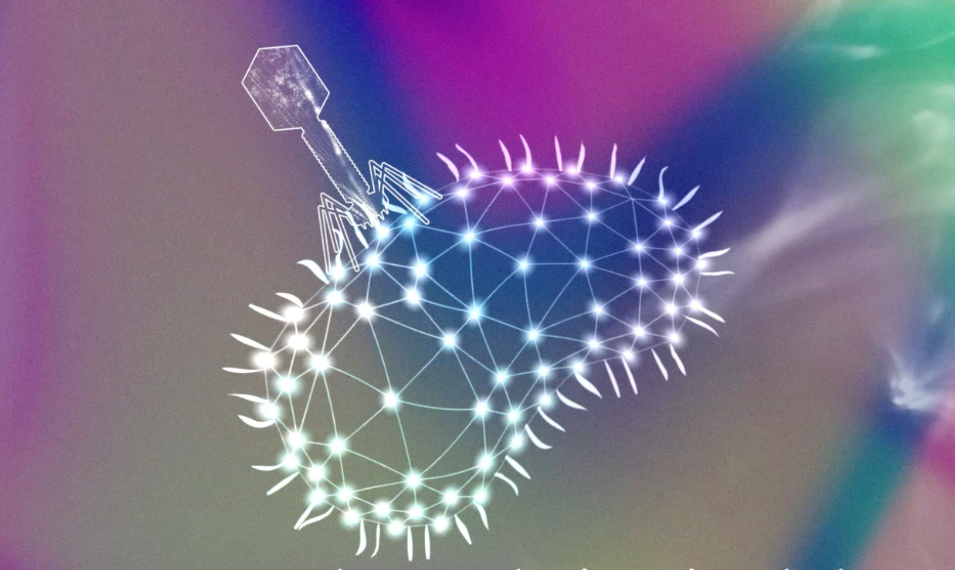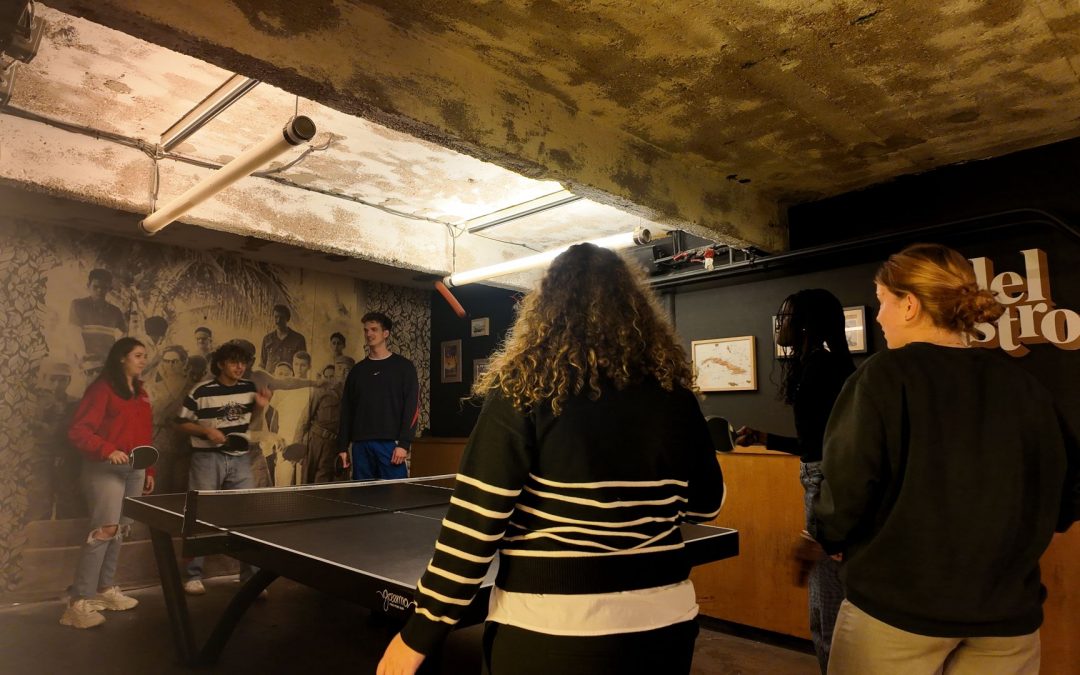With the rapid development of antibiotics in the 1930s, phage therapy – using viruses known as bacteriophages or phages to tackle bacterial infections – fell into oblivion. But as the current rise in antibiotic resistance is making it increasingly difficult to treat bacterial infections, phage therapy is once again sparking interest among physicians and scientists – although it remains complex in practice because of the great diversity and specificity of phages. Against this backdrop, scientists from the Institut Pasteur, Inserm, the Paris Public Hospital Network (AP-HP) and Université Paris Cité have developed a simple and effective new tool that recommends the best possible phage cocktail for a given patient. They did so by developing and training an artificial intelligence model capable of making a tailored selection of phages based solely on the genome of the targeted bacteria. The results of this research, published on October 31, 2024 in the journal Nature Microbiology, pave the way for personalized phage therapies to treat antibiotic-resistant bacterial infections.

Representation of a phage bound to a bacterium
© Adrien Bernheim
Some bacteria, like Escherichia coli, are becoming increasingly resistant to conventional antibiotics and developing into what are known as “superbugs.” To bypass the problem of resistance, which represents a major public health challenge, research teams are exploring the possibilities of phage therapy. The idea is to use viruses known as phages or bacteriophages, which only infect bacteria and specifically eliminate those that are pathogenic for humans. “Phage therapy was invented by the Institut Pasteur scientist Félix d’Hérelle in the 1920s, before being progressively abandoned since the late 1930s following the rise in antibiotics, which were much easier and cheaper to produce and use. Nowadays only a few countries in Eastern Europe, such as Georgia, continue to use phage therapy, while in Western countries, “broad host range” phages are occasionally used under compassionate care to treat chronic multidrug-resistant infections(1) if no other authorized drugs are effective,” explains Baptiste Gaborieau, co-first author of the paper, an intensive care specialist at Louis Mourier Hospital (AP-HP) and a scientist in the IAME laboratory (Université Paris Cité-Inserm). “Over the past 20 years, after being promoted by WHO(2) and with clinical trials being launched recently, including in Europe, phage therapy has once again been sparking interest.”
One challenge is knowing which phage will be effective in treating a given infection, since each phage can only infect certain bacterial strains.(3) In soil or water, where phages are naturally present, they circulate until they find the right target. Scientists from the Institut Pasteur, Inserm, the Paris Public Hospital Network (AP-HP) and Université Paris-Cité therefore set out to investigate bacteria-phage interactions in more detail to see whether it is possible to predict how effective a phage will be on a given bacterial strain. The first stage was to establish a quality dataset of interactions between 403 diverse Escherichia coli strains and 96 phages. This work took more than two years. “We put phages in contact with bacteria in culture and observed which bacteria were killed. We studied 350,000 interactions and successfully identified the characteristics in the bacterial genome likely to predict phage efficacy,” summarizes Aude Bernheim, last author of the study and Head of the Institut Pasteur’s Molecular Diversity of Microbes laboratory. “Contrary to what we initially thought, the ability of phages to infect bacteria, which indicates their efficacy, is determined by receptors at the bacterial surface rather than bacterial anti-viral defense mechanisms,” continues Florian Tesson, co-first author of the paper and a PhD student in the Molecular Diversity of Microbes laboratory at the Institut Pasteur and the IAME laboratory at Université Paris Cité-Inserm.
This precise, comprehensive analysis of the interaction mechanisms between bacteria and phages enabled the bioinformaticians in the team to design an optimized, effective artificial intelligence program. The program is based on an analysis of the bacterial genome, especially the regions involved in coding bacterial membrane receptors – the gateway for phages. “We are not dealing with a “black box,” and that’s what makes our AI model so effective. We know exactly how it works, and that helps us to improve its performance,” says Hugo Vaysset, co-first author of the paper and a PhD student in the Institut Pasteur’s Molecular Diversity of Microbes laboratory. After more than two years of development and training, the AI model was able to correctly predict the efficacy of phages in treating the E. coli bacteria in the dataset in 85% of cases, simply by analyzing the bacterial DNA. “This result exceeded our expectations,” says Aude Bernheim. To take their research further, the scientists tested the model on a new collection of E. coli bacterial strains responsible for pneumonia and selected a tailored “cocktail” of three phages for each of them. In 90% of cases, the phages specifically chosen by AI were successful and destroyed the bacteria. This method, which can easily be transferred to hospital laboratories, paves the way in the coming years for a strategy whereby a personalized selection of phage treatments can be made rapidly if bacterial infection with highly antibiotic-resistant Escherichia coli is diagnosed. “We still need to test the effect of phages in different environments, but proof of concept has been established. We hope to be able to extend it to other pathogenic bacteria, since our AI model has been designed to adapt easily to other scenarios with the aim of offering personalized phage therapy treatments in future,” concludes Aude Bernheim.
(1) In France, phages can be used if a temporary authorization for use (ATU) is issued for a named patient
(2) https://www.who.int/europe/news/item/25-06-2024-building-evidence-for-the-use-of-bacteriophages-against-antimicrobial-resistance
(3) A group of bacteria with the same characteristics within a given species
Source
Prediction of strain level phage–host interactions across the Escherichia genus using only genomic information, Nature Microbiology, 31 octobre 2024
Read more

The Buddy System continues to promote intercultural exchanges at Université Paris Cité
On November 5, 2025, a sharing event brought together participants of Université Paris Cité’s Buddy System. This was the second interfaculty event of the year, aimed at connecting French and international students from the University.A Drink and Some Ping-Pong To...
read more
Results of the Call for Joint Research Projects between King’s College London and Université Paris Cité 2025
In May 2025, as part of the Initiative d’Excellence (IdEx) program, Université Paris Cité and its strategic partner King’s College London launched their fourth call for joint research projects. The selected projects demonstrated strong potential to foster enduring...
read more![[SMARTS-UP Graduate Schools call for applications] Outgoing mobility scholarships for master’s students](https://u-pariscite.fr/wp-content/uploads/2025/11/SmartUP_1920-1080x675.jpg)
[SMARTS-UP Graduate Schools call for applications] Outgoing mobility scholarships for master’s students
![[Paris–NUS] 2026 Call for Proposals](https://u-pariscite.fr/wp-content/uploads/2025/10/2017-BTC-Signage-3-V2-1080x675.jpg)
[Paris–NUS] 2026 Call for Proposals
As part of the strategic partnership between Université Paris Cité and the National University of Singapore (NUS), three new calls for proposals are being launched for 2026. Proposals must be submitted by January 15, 2026. Objectives The Paris–NUS call for proposals...
read more